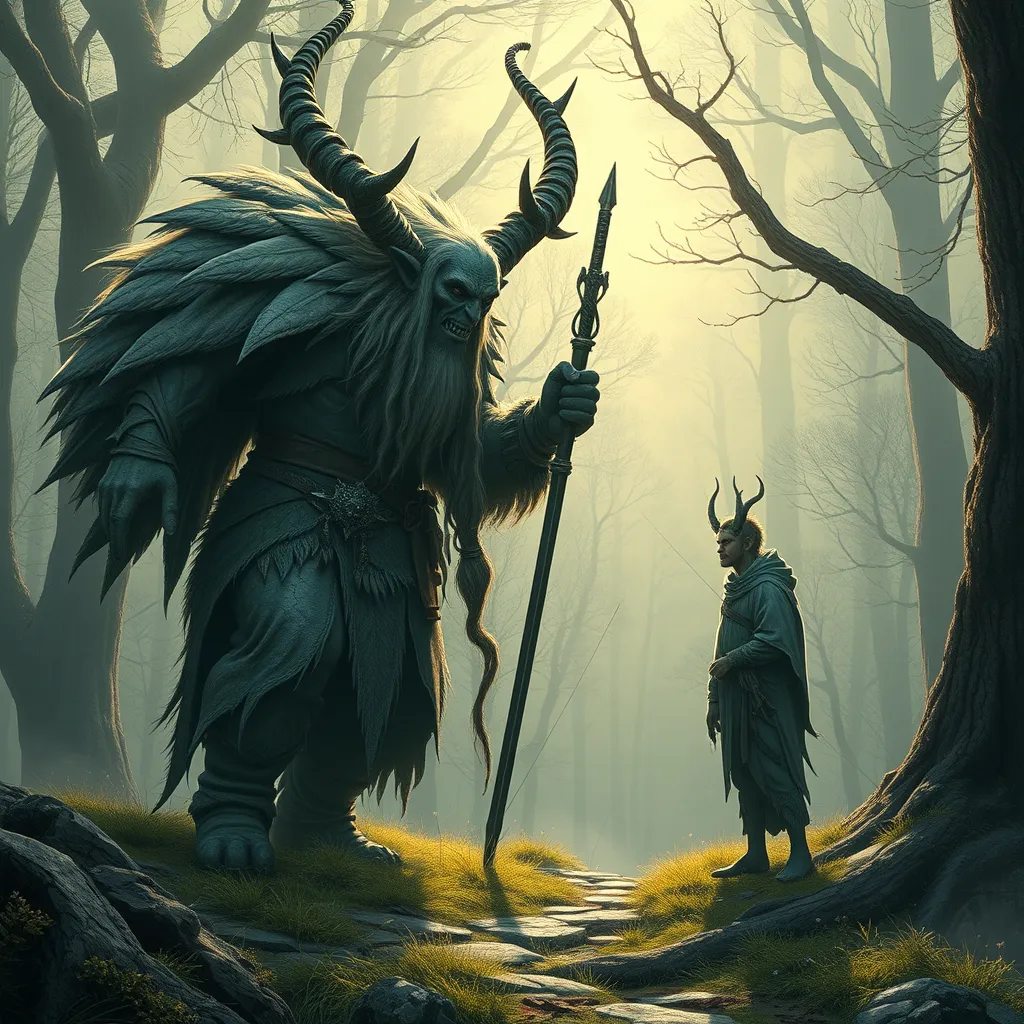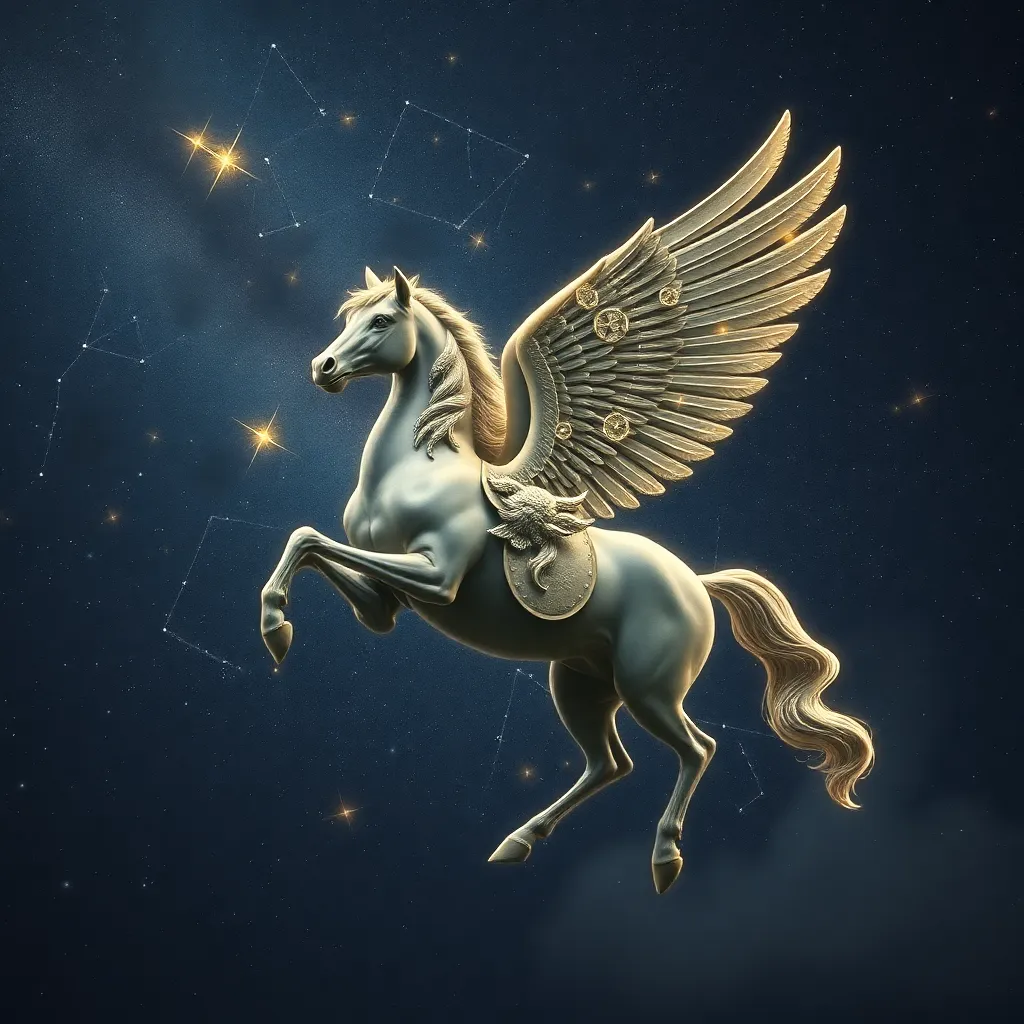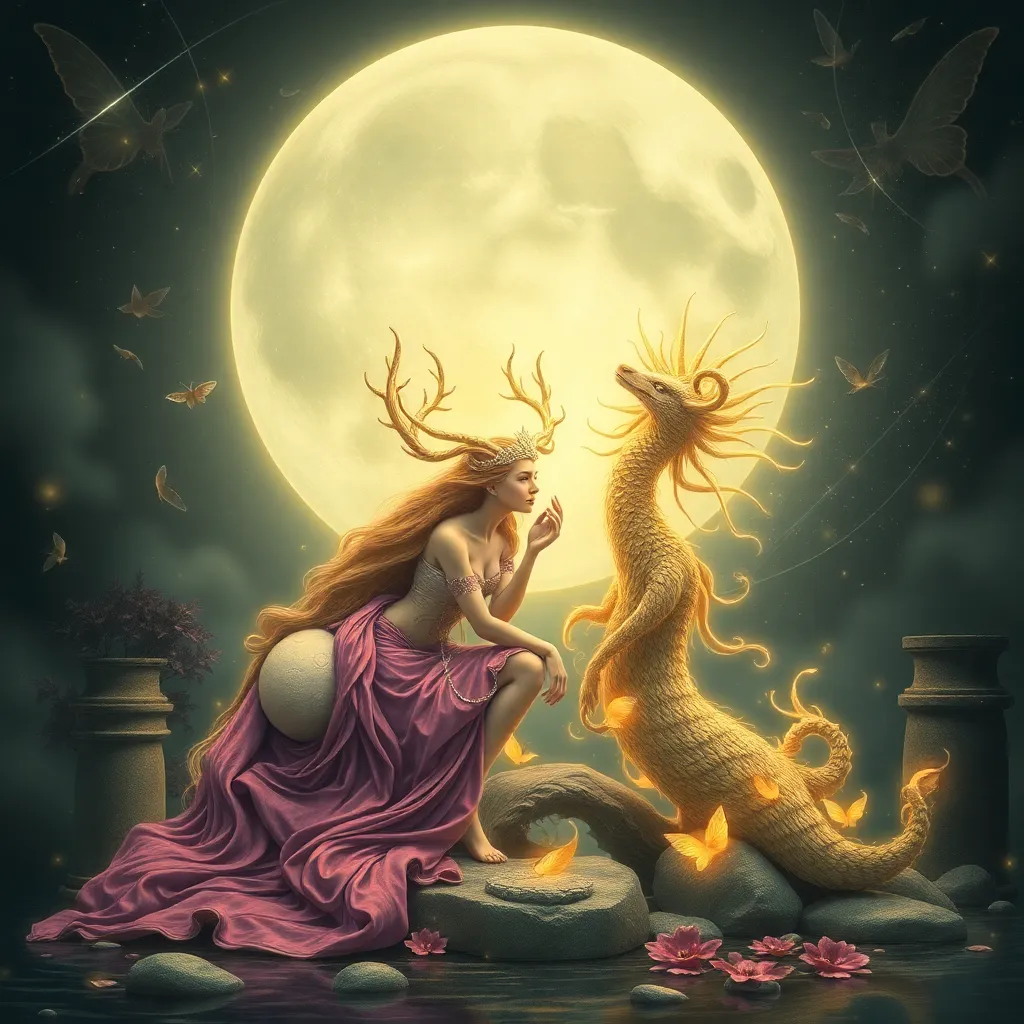The Elven Relationship with Other Mythical Beings: Exploring Their Interactions with Dwarves, Giants, and More
I. Introduction
Elven mythology is rich and varied, with roots extending deep into the folklore of various cultures. Elves are often depicted as ethereal beings with a profound connection to nature and magic. Their interactions with other mythical beings such as dwarves, giants, and dragons shape their narratives and influence their cultural significance.
The relationships that elves foster with other creatures of myth are crucial in understanding their role in folklore. These interactions can be characterized by cooperation, conflict, kinship, or rivalry, shedding light on the complex dynamics of mythical ecosystems.
This article aims to explore the multifaceted relationships between elves and other mythical beings, highlighting key historical contexts, cultural significances, and the lasting impact of these interactions on modern storytelling.
II. The Nature of Elves: Characteristics and Traits
A. Physical and Magical Attributes
Elves are often portrayed as tall, slender beings with pointed ears and ageless beauty. Their physical attributes are complemented by extraordinary magical abilities, which may include:
- Enhanced agility and strength
- The power to manipulate nature
- Longevity and immortality
- Exceptional skills in archery and combat
B. Cultural Values and Beliefs
In various mythologies, elves are depicted as guardians of nature, often embodying values such as:
- Harmony with the natural world
- Wisdom and knowledge
- Artistry and creativity
- Respect for life and the balance of ecosystems
C. Role in Mythical Narratives
Elves often serve as pivotal characters in mythical tales, playing roles ranging from benevolent protectors to enigmatic tricksters. Their presence can influence the fate of heroes and the outcome of epic quests, making them integral to the narratives of many cultures.
III. Elves and Dwarves: A Complex Relationship
A. Historical Context of Elven-Dwarven Interactions
The relationship between elves and dwarves is characterized by a mix of admiration and rivalry. Historically, these two races have coexisted in many mythologies, often inhabiting the same realms but with differing cultural values and lifestyles.
B. Key Myths and Legends Featuring Elves and Dwarves
Numerous legends depict the interactions between elves and dwarves, highlighting their collaboration and conflicts. For instance, in Norse mythology, the elves and dwarves are both skilled craftsmen, with elves often associated with beauty and light, while dwarves are linked to strength and darkness.
C. Cooperation vs. Conflict: Trade, Alliances, and Rivalries
Despite their differences, elves and dwarves have shown a capacity for cooperation:
- Trade of goods: Elves would trade their exquisite crafts for dwarven weapons.
- Alliances in battle: In times of war, these races have united against common foes.
However, conflicts often arise from misunderstandings or competition, particularly over resources or territory.
IV. Giants in Elven Lore: A Tale of Fear and Respect
A. The Role of Giants in Elven Mythology
Giants are formidable beings often depicted as powerful and sometimes malevolent. In elven lore, giants represent both a threat and a source of awe.
B. Notable Interactions: Friendships and Hostilities
There are myths where elves have formed alliances with certain giants, recognizing their strength and wisdom. However, there are also tales of hostilities, where giants threaten the balance of the natural world, prompting elves to take action against them.
C. Symbolism of Giants in Elven Culture
Giants often symbolize the chaos of nature, and their interactions with elves reflect the broader struggle to maintain balance in the mythical world. They serve as a reminder of the power and unpredictability of the natural forces at play.
V. Elves and Dragons: Allies or Adversaries?
A. The Mythical Connection Between Elves and Dragons
The relationship between elves and dragons is often portrayed as complex. Both beings are seen as powerful and majestic, but their interactions can vary from alliances to fierce battles.
B. Famous Legends of Elven-Dragon Interactions
Many legends highlight the cooperation between elves and dragons, such as tales where elves ride dragons into battle or where dragons protect elven realms. Conversely, there are also stories where dragons pose a significant threat to elven communities.
C. The Duality of Cooperation and Conflict
This duality reflects the larger themes of balance and conflict within mythology, illustrating how alliances can form out of necessity, yet also be fraught with tension and rivalry.
VI. Elves and Fairies: Kinship and Differences
A. Exploring the Relationship Between Elves and Fairies
Elves and fairies share many similarities, often being depicted as magical beings with close ties to nature. However, they also have distinct identities within folklore.
B. Shared Traits and Divergent Paths
Both elves and fairies are typically portrayed as having:
- Magical abilities
- A connection to nature
- A propensity for mischief and trickery
Despite these similarities, elves are often depicted as more noble and connected to the natural world, while fairies may embody a more whimsical or unpredictable nature.
C. Cultural Significance of Their Interactions
The interactions between elves and fairies often serve to highlight the contrasts between their cultures, leading to rich storytelling possibilities that explore themes of harmony, rivalry, and the complexities of magical existence.
VII. The Impact of Elven Interactions on Mythical Ecosystems
A. The Role of Elves as Mediators Among Beings
Elves often serve as mediators between different mythical races, utilizing their wisdom and magical abilities to maintain peace and balance within mythical ecosystems.
B. Ecological and Social Consequences of Elven Alliances
When elves ally with other beings, they can significantly impact ecological balance, often leading to the flourishing of magical realms. Conversely, conflicts can result in devastating consequences for the environment.
C. Influence on Modern Fantasy Narratives
The relationships that elves foster with other mythical beings have heavily influenced modern fantasy narratives, shaping how these characters are portrayed in literature, film, and games. Their interactions serve as a template for understanding cooperation, conflict, and the complexity of relationships in any story.
VIII. Conclusion
A. Summary of Key Findings
The exploration of elven interactions with other mythical beings reveals a rich tapestry of relationships characterized by cooperation, conflict, fear, and respect.
B. Reflection on the Importance of Inter-Being Relationships in Mythology
These interactions highlight the importance of relationships between different races in mythology, emphasizing themes of balance, respect, and the interconnectedness of all beings.
C. Final Thoughts on the Legacy of Elven Interactions with Other Mythical Beings
Ultimately, the legacy of elven interactions with other mythical beings continues to resonate in today’s storytelling, offering timeless lessons on the nature of cooperation and the challenges of coexistence.



